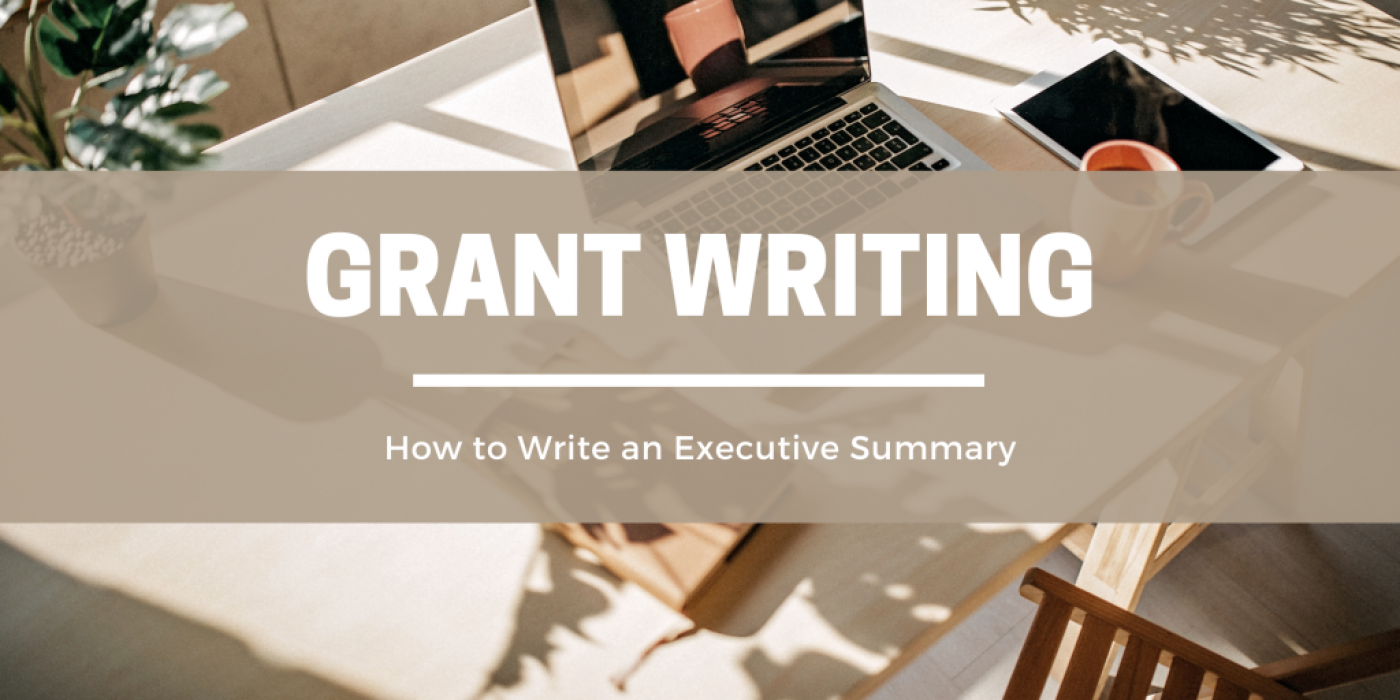By Shaina Griffin
Southern Tier Communications Strategies, LLC
The executive summary is the first part of a grant proposal that reviewers will analyze. It’s a clear, concise synopsis that lays the groundwork and paints the picture for your grant application. Much like the lead in a news article, the executive summary introduces the key points and answers the question: “Why should the reader care?”
(Helpful hint: If it doesn’t inspire the grant reviewer to care – to continue reading – your grant proposal ends up in the garbage. All your nonprofit’s hard work and time, wasted.)
So Let’s Write a Great Executive Summary for Your Grant Proposal
The grant executive summary is the nuts and bolts – who you are as a nonprofit organization, what you do, and what you will do with funder support. It should be persuasive and energizing, responsive to the specifics of funding opportunity, and clearly relate your plan to the funder’s mission.
Your executive summary should follow the logical flow of the main points in your proposal and outline the logic of the work. It’s a synopsis of the proposal and is not a suitable avenue for critical analysis and sweeping explanations. You’ll certainly have limited space – perhaps only a page or two or even just a few paragraphs or sentences.
Writing concisely (and effectively) is critical. You must be clear and coherent throughout the brief abstract and explain the essentials of the project correctly and succinctly. (You’ll get into the nitty-gritty and have ample opportunity later in the narrative to explain reasoning, methodology, work plans and more.)
So how do you write an exceptional summary? Your opening argument must center around the granting agency’s funding priorities and mission. The structure should be laid out as an abstract, with the majority of emphasis being placed on the necessity of the work being proposed and how your organization is uniquely qualified to do the job and make a positive community impact.
The 5 Key Parts of a Grant Executive Summary
Grant applications vary funder to funder, but overall there are five main points of an executive summary that should be considered. Here’s where you begin your storytelling with a bang to truly stand out to grantmakers.
1. Project Purpose and Statement of Need
This section (often known simply as a “needs statement”) should convince grant reviewers of the urgent need for your project in whatever area(s) and discipline(s) your nonprofit organization serves. Here’s where you indicate where individuals and communities you serve are at a disadvantage because help is missing or lacking.
Briefly describe that need. You may include a key data point that illustrates the glaring issue you intend to solve (ex. “Area residents must travel, on average, 50 miles for dental care” or “4 out of 5 parents/guardians lack access to affordable child care.”) And most importantly, because of that statistic, what is the even worse result?
Don’t get too bogged down in details. Get to the point and stay on track. You can flesh out community/regional/national issues and supporting data later.
2. Organizational Background
This piece should clearly introduce your organization and background, its mission and vision, and relevant experience tackling your initiative. You must succinctly describe your place and role in the nonprofit world, including where your grant project will be conducted. If possible, demonstrate past project success.
Spare the intimate details. (Have we mentioned this before?) Grant funders may say publicly they fund great projects. But let’s be real: they primarily fund organizations with capacity and a track record for success. You’ll have a place to tout your organization in greater detail later.
3. Methodology
How do you intend on accomplishing your grant project? Simply enough, who will be doing what, when and how? How is your project designed and why? These sound like loaded questions – which they are. But again, rest assured, you’ll be able to explain in greater detail farther down the narrative.
(Ex. Educational experts on staff will develop and launch an evidence-based training program to improve employment outcomes.)
4. Goals
This part of the executive summary must clearly note the finish line (time period and goals) that your organization will reach. This is what your organization will have accomplished by the end of the grant period. Briefly note how this success will meet the needs of the client(s) and areas served.
Again, this is NOT the place to list objectives (individual milestones), but simply the ending picture.
(Ex. “The organization will serve 1,500 individuals with mental health services.”)
5. Expected Outcomes
Here’s where your grant executive summary language must become outwardly focused. How will your organization’s success in designing, implementing and completing the mission help those served?
That’s the operative phrase: help those served.
It’s not about how the funding positively impacts the organization, but more importantly how support will improve services and resources to benefit the community. Briefly summarize how meeting grant goals will have broader implications for your organization’s clientele, target audience(s) and/or society.
A Strong Grant Proposal Begins with a Strong Executive Summary
Your executive summary must strongly introduce the crux of your grant proposal. (It may also be called a project description or abstract.) It typically follows a format similar to the one explained above. But take care to truly understand and follow the RFP, as it likely has VERY SPECIFIC guidelines for each element of the proposal – including the executive summary.
Don’t go overboard! It’s a summary. Treat it as such.
A strong grant-writing strategy includes compiling a volume of proposals to meet fundraising goals (and most nonprofit organizations must do so on a tight budget). If you need help, contracting with a grant-writing agency is often a strong investment.







